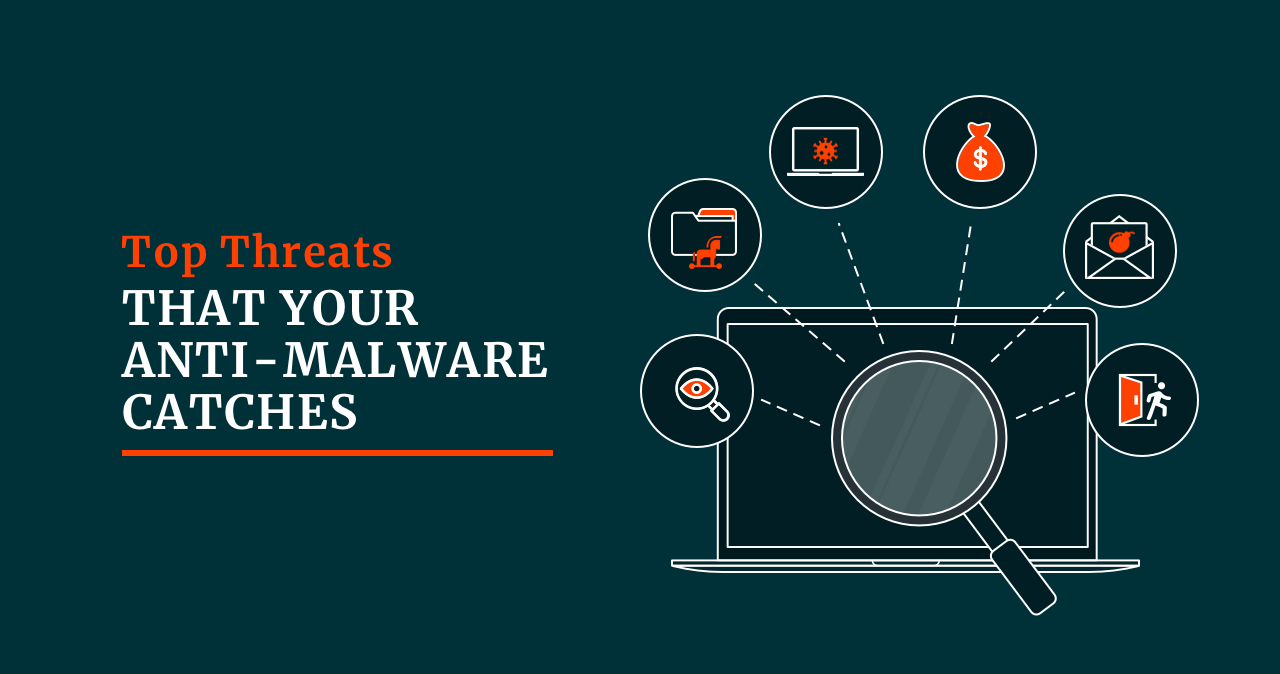How to Safeguard Your Systems: A Guide to Effective Anti-Malware
In today’s interconnected digital landscape, safeguarding your systems against malicious software is paramount. Cyber threats, including viruses, ransomware, spyware, and more, continue to evolve, necessitating robust defense mechanisms. Employing effective anti-malware practices is crucial in fortifying your digital defenses and protecting your sensitive data. Here’s a step-by-step guide to implementing reliable anti-malware strategies:
Step 1: Choose the Right Anti-Malware Solution
- Research and Comparison: Explore reputable anti-malware software options. Consider features like real-time protection, regular updates, heuristic analysis, and compatibility with your operating system.
- Read Reviews and Recommendations: Check user reviews and expert opinions to gauge the software’s effectiveness, ease of use, and customer support.
Step 2: Install and Configure Anti-Malware Software
- Download from Trusted Sources: Obtain the software directly from the official website or trusted sources to avoid downloading potentially compromised versions.
- Customize Settings: Configure the software settings according to your preferences. Enable real-time protection, scheduled scans, and automatic updates for comprehensive defense.
Step 3: Regular Updates and Scanning
- Update Definitions: Ensure the anti-malware software is regularly updated with the latest malware definitions. Timely updates enhance its ability to detect and remove newer threats.
- Scheduled Scans: Set up regular system scans to check for malware. Schedule scans during off-peak hours to minimize disruption while ensuring thorough checks.
Step 4: Safe Browsing Practices
- Exercise Caution Online: Avoid clicking on suspicious links, downloading files from unknown sources, or visiting unsecured websites. Be wary of phishing attempts and email scams.
- Use Secure Connections: Access the internet through secure networks and use VPNs (Virtual Private Networks) when connecting to public Wi-Fi to encrypt data transmission.
Step 5: Regular Backups and System Maintenance
- Backup Important Data: Create regular backups of crucial files and data. Use reliable backup solutions or cloud storage to protect against data loss in case of a malware attack.
- System Updates and Patches: Keep your operating system, software, and applications updated with the latest security patches. Vulnerabilities in outdated software can be exploited by malware.
Step 6: Educate and Train Users
- Awareness Programs: Conduct regular cybersecurity awareness programs for users. Educate them about the dangers of malware, phishing, and the importance of following security protocols.
- Security Hygiene: Encourage the practice of strong password management, enabling two-factor authentication, and avoiding sharing sensitive information online.
Step 7: Monitor and Respond to Threats
- Monitor System Activity: Regularly review system logs and monitor for any unusual activities or signs of a potential malware intrusion.
- Immediate Response: If malware is detected, take immediate action. Isolate infected devices from the network and follow protocols for containment and removal.
Implementing effective anti-malware practices involves a combination of choosing reliable software, regular updates, safe browsing habits, system maintenance, user education, and proactive monitoring. By following these steps diligently, you can significantly enhance your system’s security and mitigate the risks posed by evolving cyber threats.
